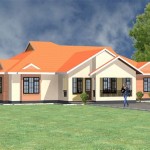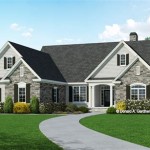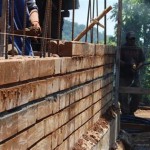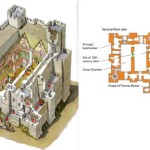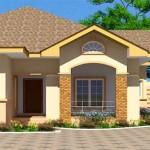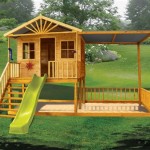Essential Aspects of Small Solar Powered House Plans
Harnessing the sun's abundant energy, small solar powered house plans offer a sustainable and cost-effective solution for building eco-friendly residences. These homes incorporate innovative designs that maximize solar energy utilization while ensuring comfort and efficiency.
1. Passive Solar Design
Passive solar design utilizes architectural elements to optimize heat gain and natural lighting. Large windows strategically placed on the south-facing side allow for maximum sunlight penetration during winter, providing passive heating. Overhangs and awnings protect from excessive summer heat, reducing the need for cooling systems.
2. Solar Panel System
Solar panels convert sunlight into electricity, powering the home. They are typically installed on the roof or a dedicated solar array. The size and capacity of the system depend on energy consumption and local insolation levels. Advanced technologies such as solar shingles can integrate seamlessly into the home's design.
3. Battery Storage
Battery storage systems are essential for storing excess solar energy generated during peak hours for use at night or during overcast periods. Lithium-ion batteries are commonly used for their high energy density and long lifespan. Advanced battery management systems optimize charge and discharge cycles, ensuring maximum battery longevity.
4. Energy Efficiency Measures
Energy efficiency measures are crucial for minimizing energy consumption. Insulation helps retain heat in winter and cool air in summer, reducing heating and cooling needs. High-efficiency appliances and lighting fixtures conserve energy, further reducing the overall demand on the solar system.
5. Integrated Smart Technology
Smart technology can enhance the efficiency and performance of small solar powered homes. Home automation systems monitor energy production and consumption, allowing homeowners to optimize energy usage. Remote monitoring apps provide real-time data on the home's performance, enabling proactive maintenance.
6. Site and Orientation
The site and orientation of the house are critical considerations. A lot with ample southern exposure ensures optimal sunlight for the passive solar design and solar panels. Proper landscaping can provide shade during summer and minimize heat loss in winter.
7. Building Materials
Sustainable building materials contribute to the overall environmental friendliness of the home. Natural materials such as bamboo, cork, and recycled materials have lower embodied energy and reduce carbon footprint. Low-maintenance materials require less energy for upkeep, ensuring long-term efficiency.
Conclusion
Small solar powered house plans offer a comprehensive approach to sustainable living, providing energy independence, comfort, and environmental stewardship. By incorporating passive solar design, advanced solar technologies, energy efficiency measures, and smart technology, these homes minimize energy consumption and maximize the utilization of renewable energy sources. Considering these essential aspects when designing a small solar powered home will result in a truly sustainable and future-proof residence.

Affordable Passive Solar Planbook Appalachian Energy Center

10k Diy Off Grid Solar Tiny House

Tiny Eco House Plans By Keith Yost Designs Design

Cabin Style House Plan 1 Beds Baths 704 Sq Ft 497 14 Houseplans Com

Updated Tiny Solar House Plans Tinyhousedesign

Tiny Eco House Plans By Keith Yost Designs

Passive Solar House Plans For Our Off Grid Homestead Byexample Com

Off The Grid Sustainable Tiny Houses Eco House Plans Design Micro

Misty S 400 Sq Ft 16x25 Solar Off Grid Small House

Sunlight Used Right Modern Home Designs That Harness Solar Power

